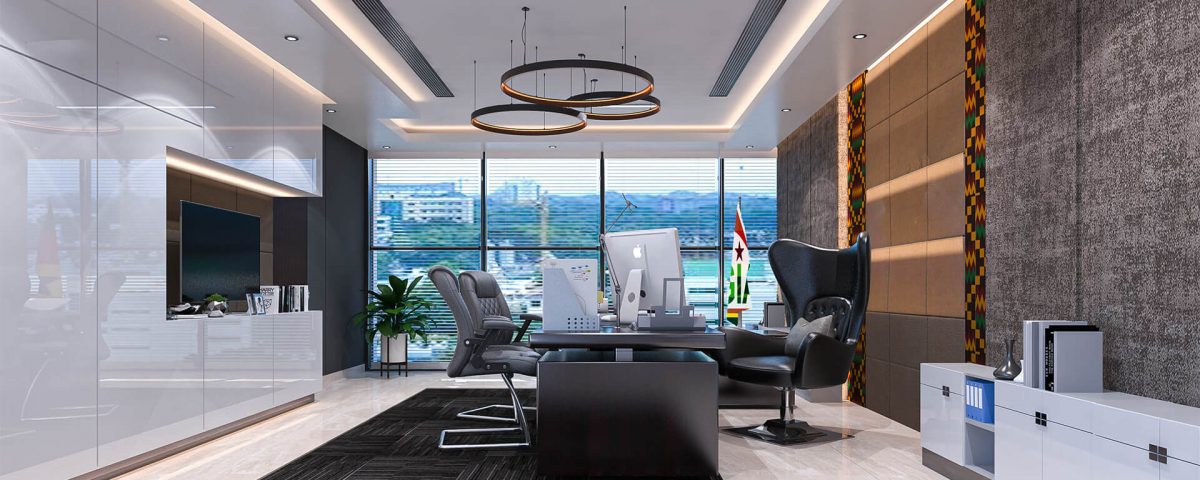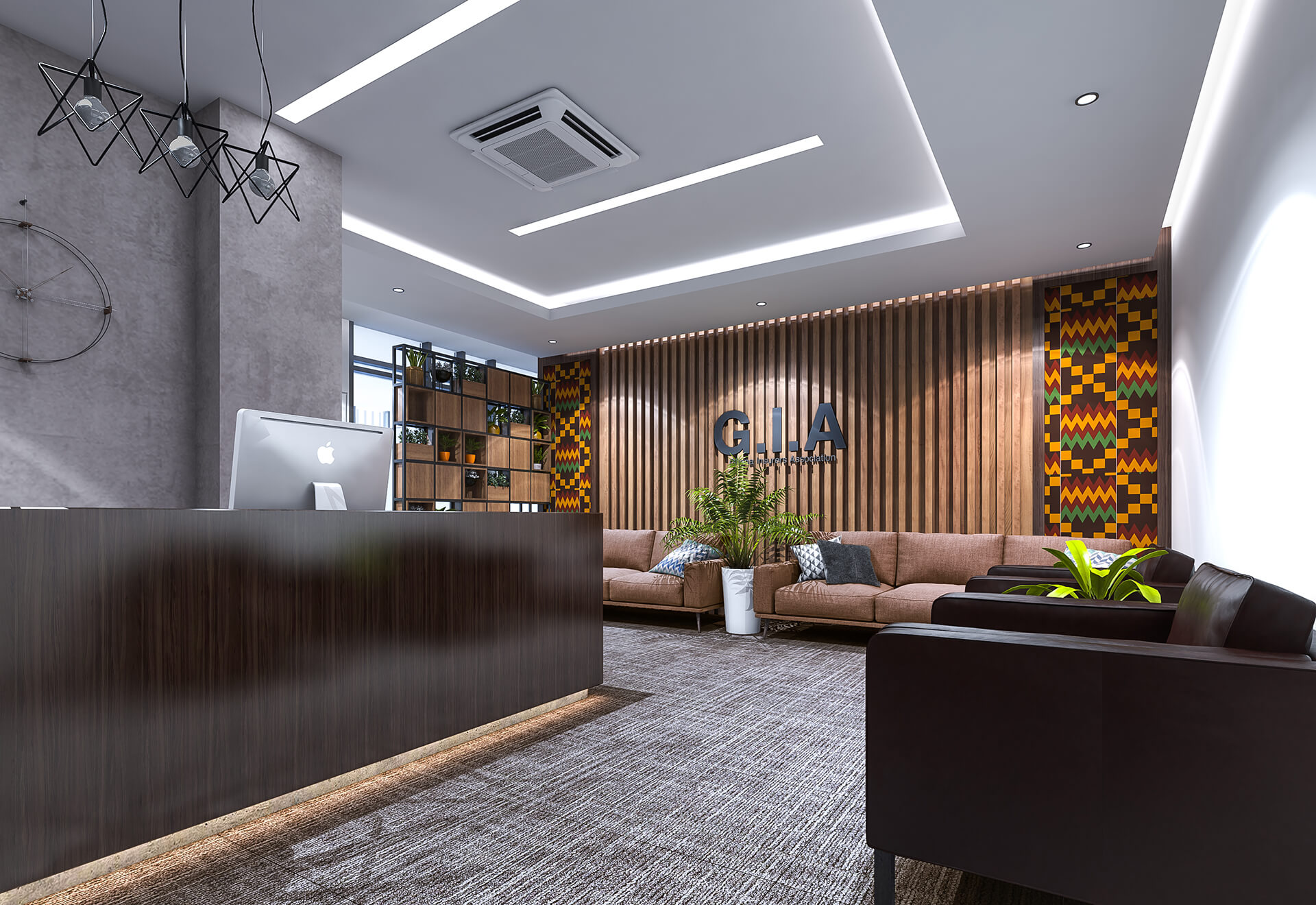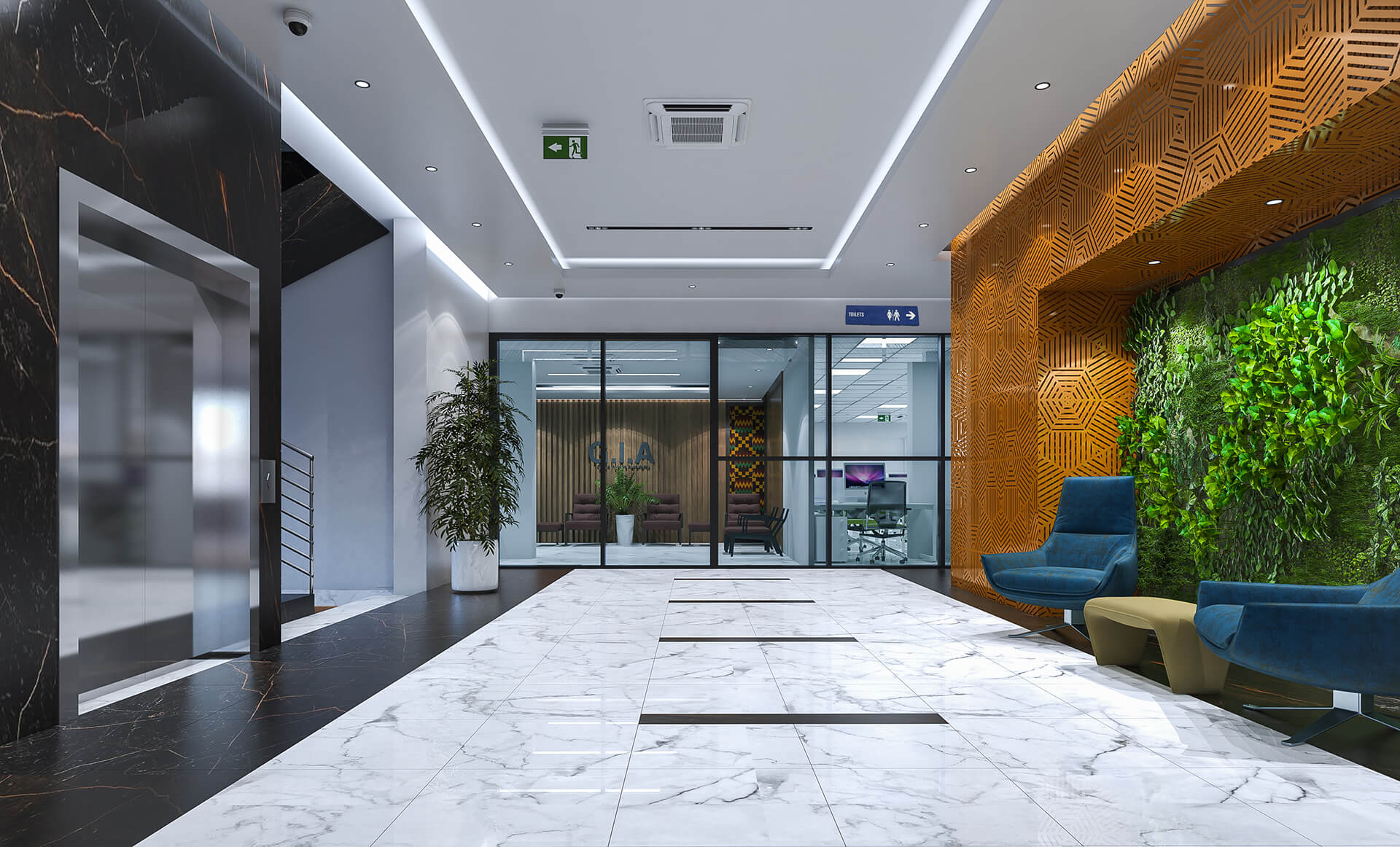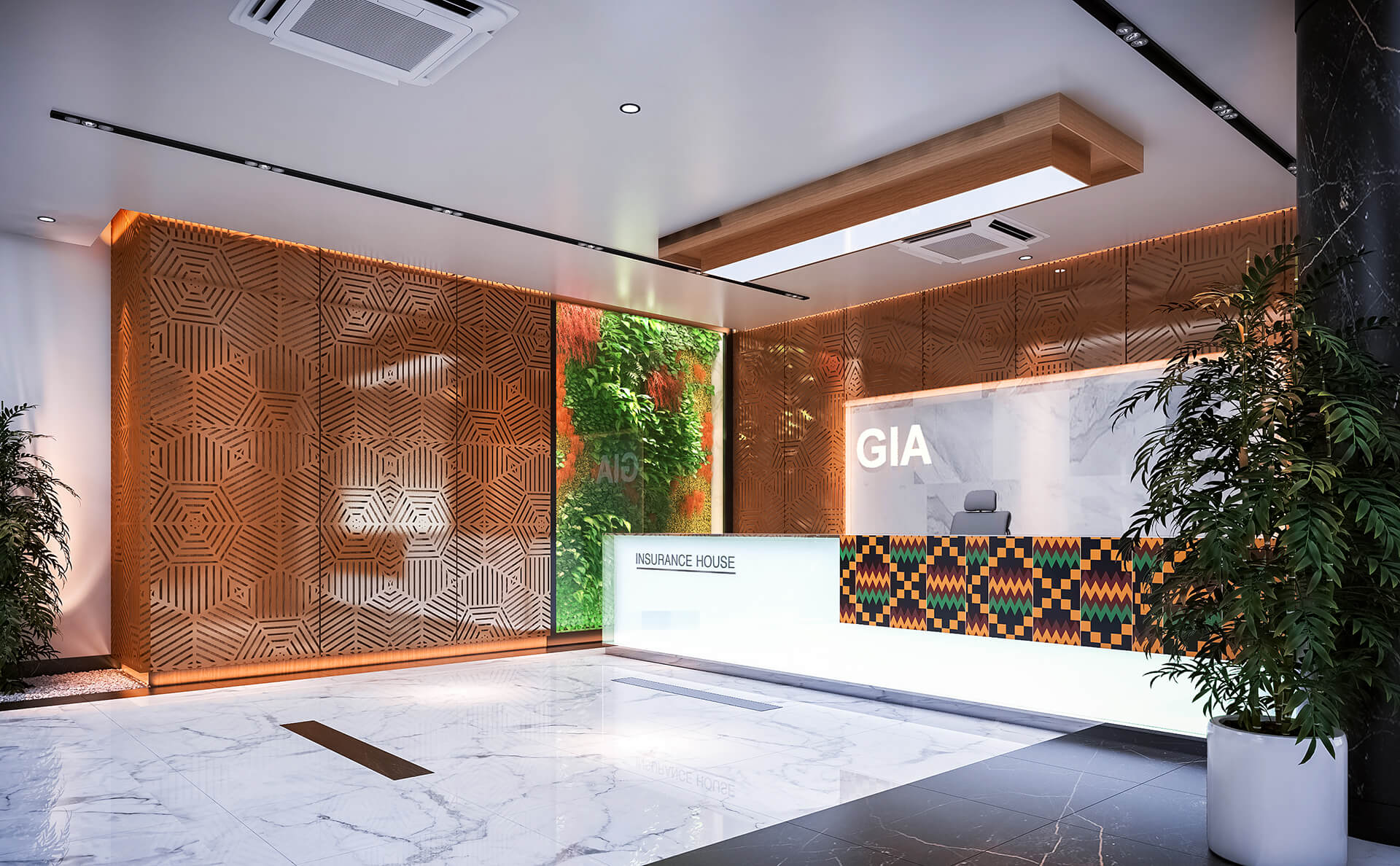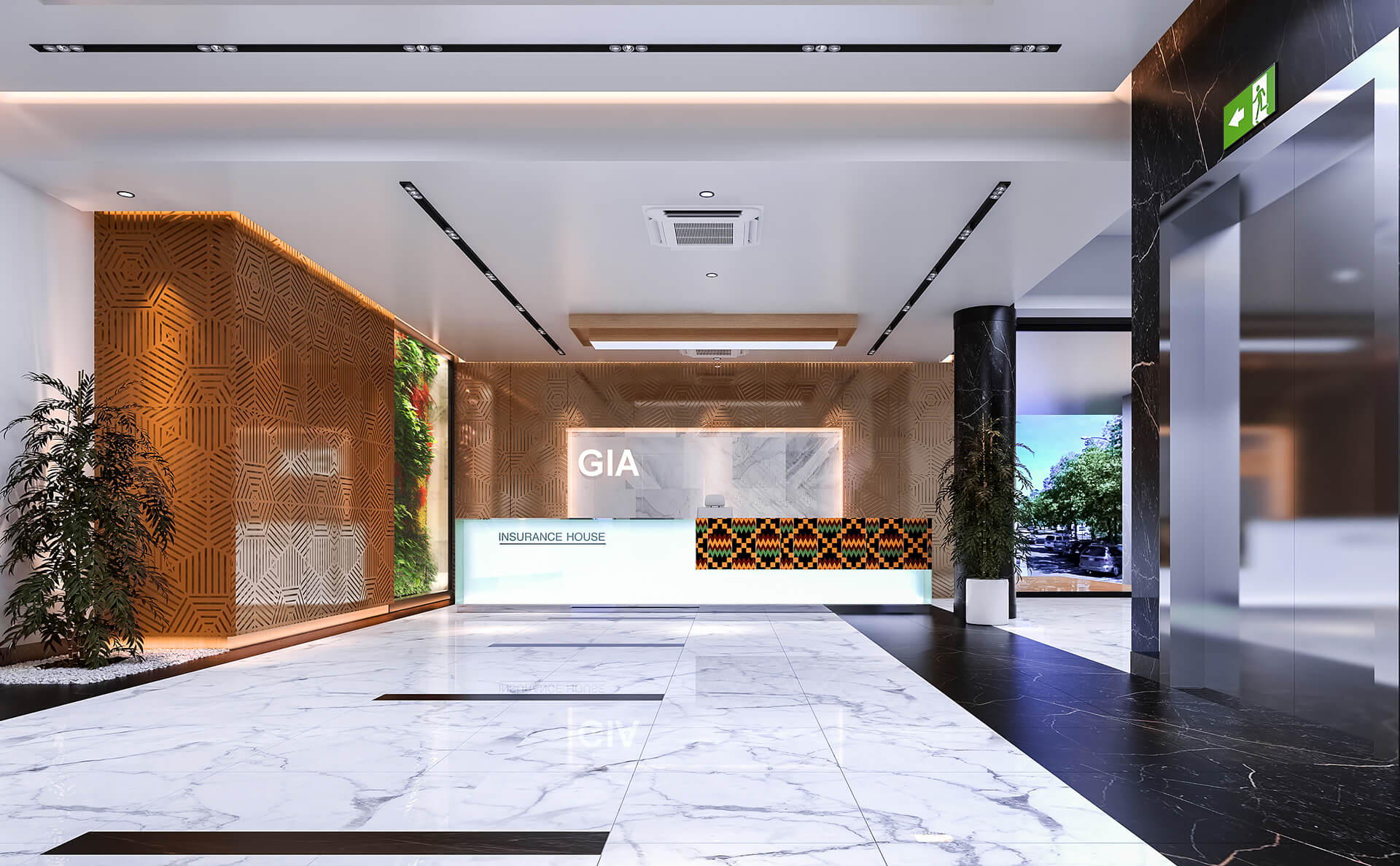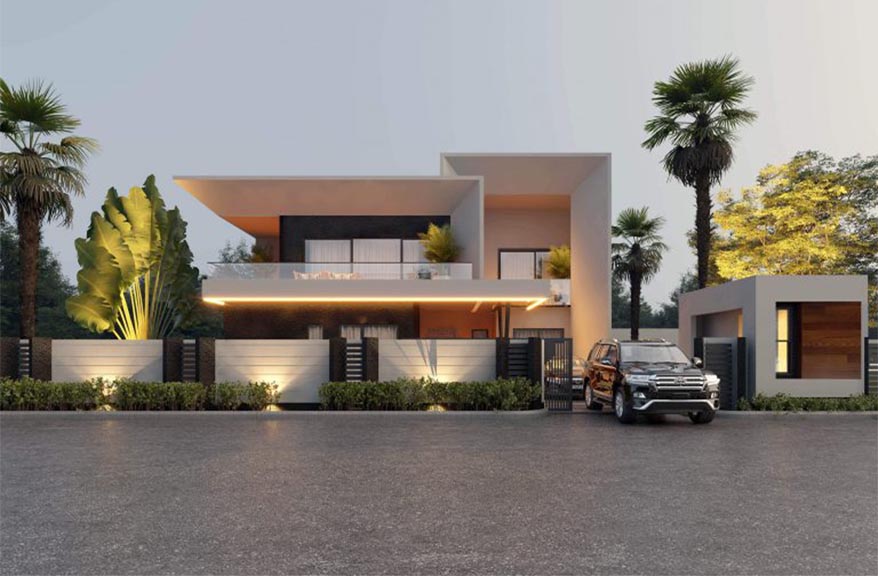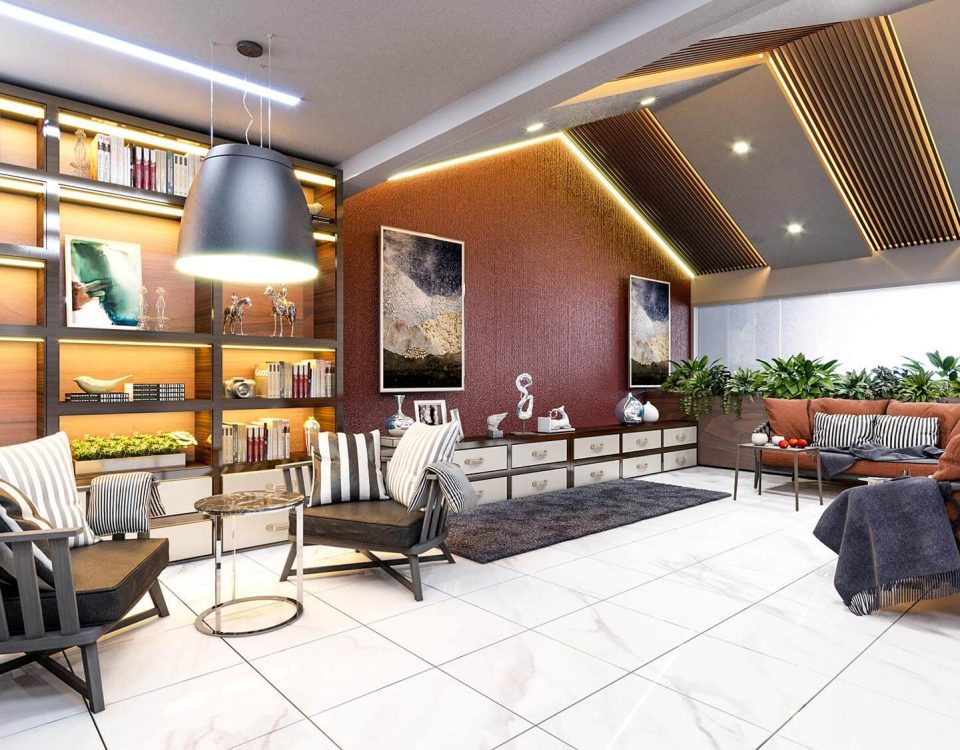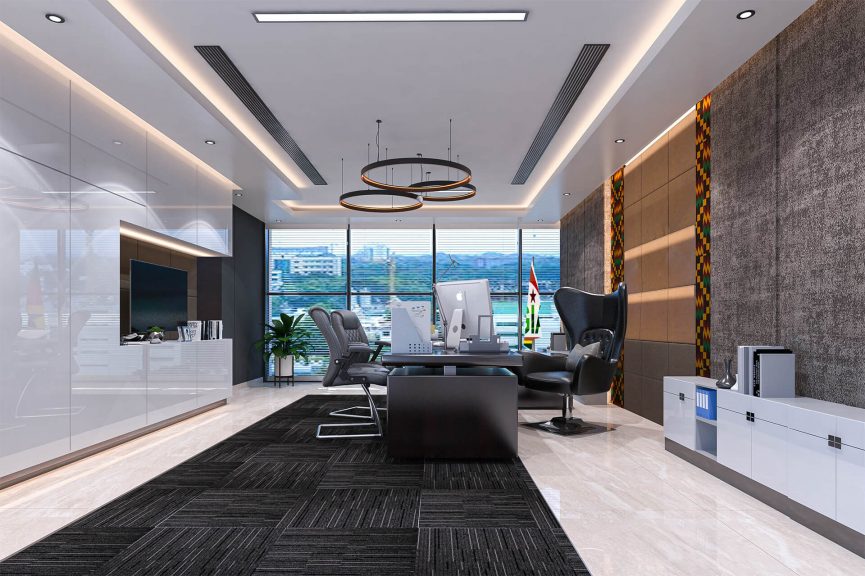
Productivity by Design: Why Your Space Matters More Than You Think

Introduction
The spaces we inhabit, especially where we work, have a profound effect on how we feel, think, and perform. Yet, workplace design is often overlooked when addressing productivity challenges. Architectural design does more than provide shelter; it shapes our behaviour, impacts our mood, and influences how we collaborate, focus, and thrive.
The Link Between Architecture and Productivity
Studies have shown that well-designed office spaces can boost employee productivity by up to 15%, while poorly designed ones can lead to a 30% decline. The design of a space has the power to enhance or hinder daily performance, making it a key factor in business success.
Here are essential elements that drive productivity in workplace design:
-
Natural Light: Access to daylight improves mood, energy, and sleep quality, all contributing to better work performance.
-
Open vs. Private Spaces: A balance of collaborative open areas and quiet zones enables creativity and focus.
-
Comfortable Temperatures: Even a few degrees can make a difference. Optimal climate control supports better concentration and job satisfaction.
-
Effective Acoustics: Minimizing noise distractions through soundproofing or thoughtful layouts ensures deeper focus and reduces stress.
-
Ergonomic Furniture: Good posture and physical comfort reduce fatigue, boost morale, and lower health risks.
The Benefits of Thoughtful Design
Great architecture goes beyond aesthetics. A well-designed workplace fosters emotional well-being, reduces stress, and enhances communication. It creates order, minimizes distractions, and promotes meaningful interaction, all of which lead to improved productivity.
Additionally, strategic design reduces long-term operational costs and enhances brand image. Clients are more likely to trust and engage with businesses that occupy beautiful, functional, and sustainable spaces.
Examples of Productive Office Design
-
Open Floor Plans: Encourage interaction, spark creativity, and enhance teamwork.
-
Private Nooks: Provide spaces for focused tasks and recharge moments.
-
Smart Layouts & Storage: Reduce clutter, streamline movement, and support mental clarity.
-
Biophilic Elements: Natural finishes and green spaces can rejuvenate the mind and body, creating a refreshing environment.
Tips to Create a High-Performing Workspace
-
Prioritize natural light where possible.
-
Use colours and textures that evoke calmness or creativity.
-
Invest in sound control solutions for focused work areas.
-
Maintain a clutter-free environment to reduce visual stress.
-
Encourage movement and flexibility in design to cater to various working styles.
Conclusion
Architectural design is more than a visual statement, it’s a productivity tool. Whether designing a new office or upgrading an existing space, thoughtful design decisions will enhance how people work, connect, and feel. Let’s design spaces that work as hard as we do.

